

From teleportation dreams to galaxy-hopping starships, science fiction has captivated our imaginations for generations. But sci-fi isn’t just about escapism—it often serves as a blueprint for real-world technological progress. Many of today’s groundbreaking technologies were first envisioned in the minds of sci-fi authors and filmmakers. Let’s explore how the genre continues to inspire innovators to turn fiction into fact.
Fans of Star Trek remember Captain Kirk’s handheld communicator, a device eerily similar to the flip phones of the early 2000s. Fast forward to today, and we’ve leaped even further with smartphones, which are mini-computers capable of far more than interstellar calls. Sci-fi didn’t just predict communication tools; it inspired a desire to make them real.
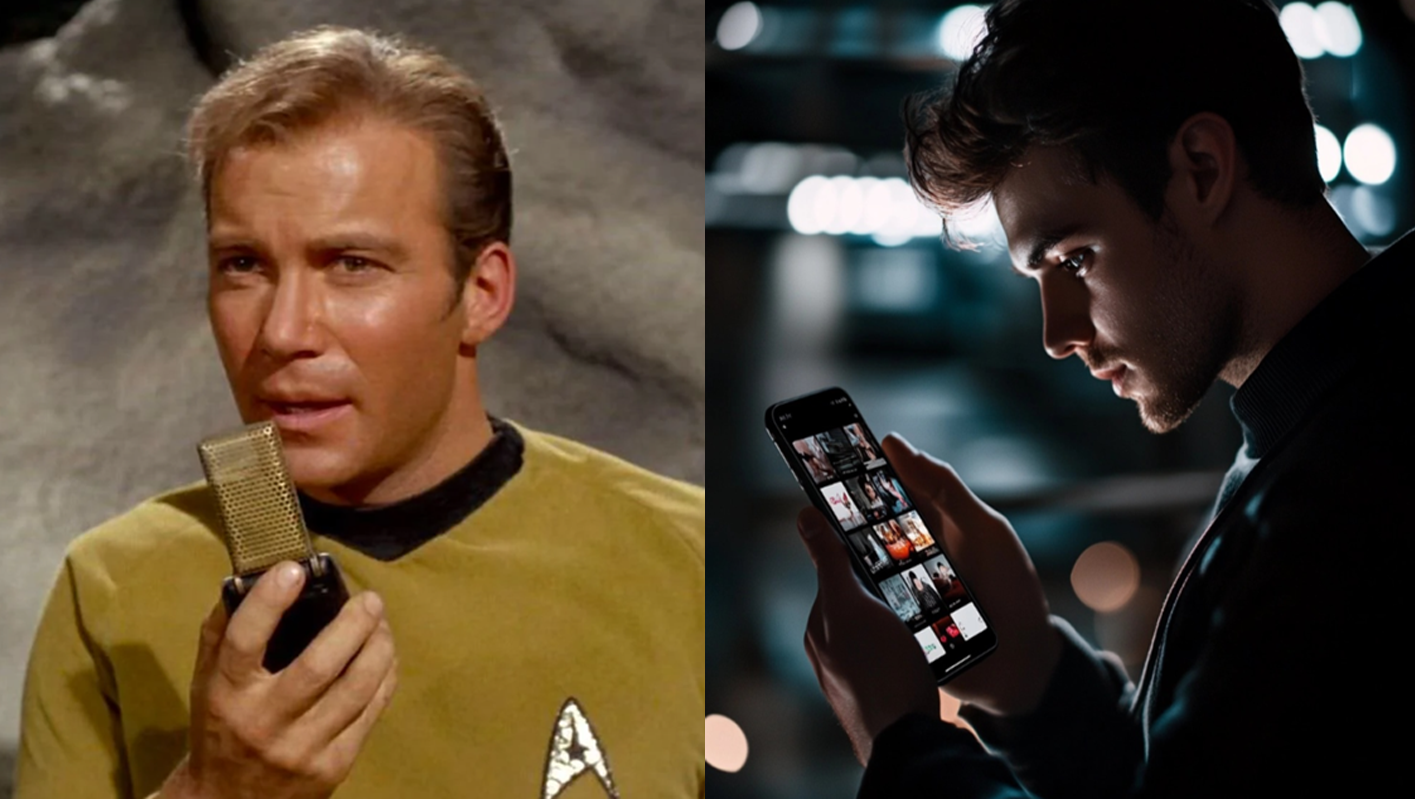
In Isaac Asimov’s I, Robot, we were introduced to sentient machines governed by the Three Laws of Robotics. While we’re not quite there yet, AI like Siri, ChatGPT, and self-driving cars are undeniable steps in that direction. Sci-fi’s exploration of ethical AI use has also influenced developers to address questions about responsibility and trust in autonomous systems.
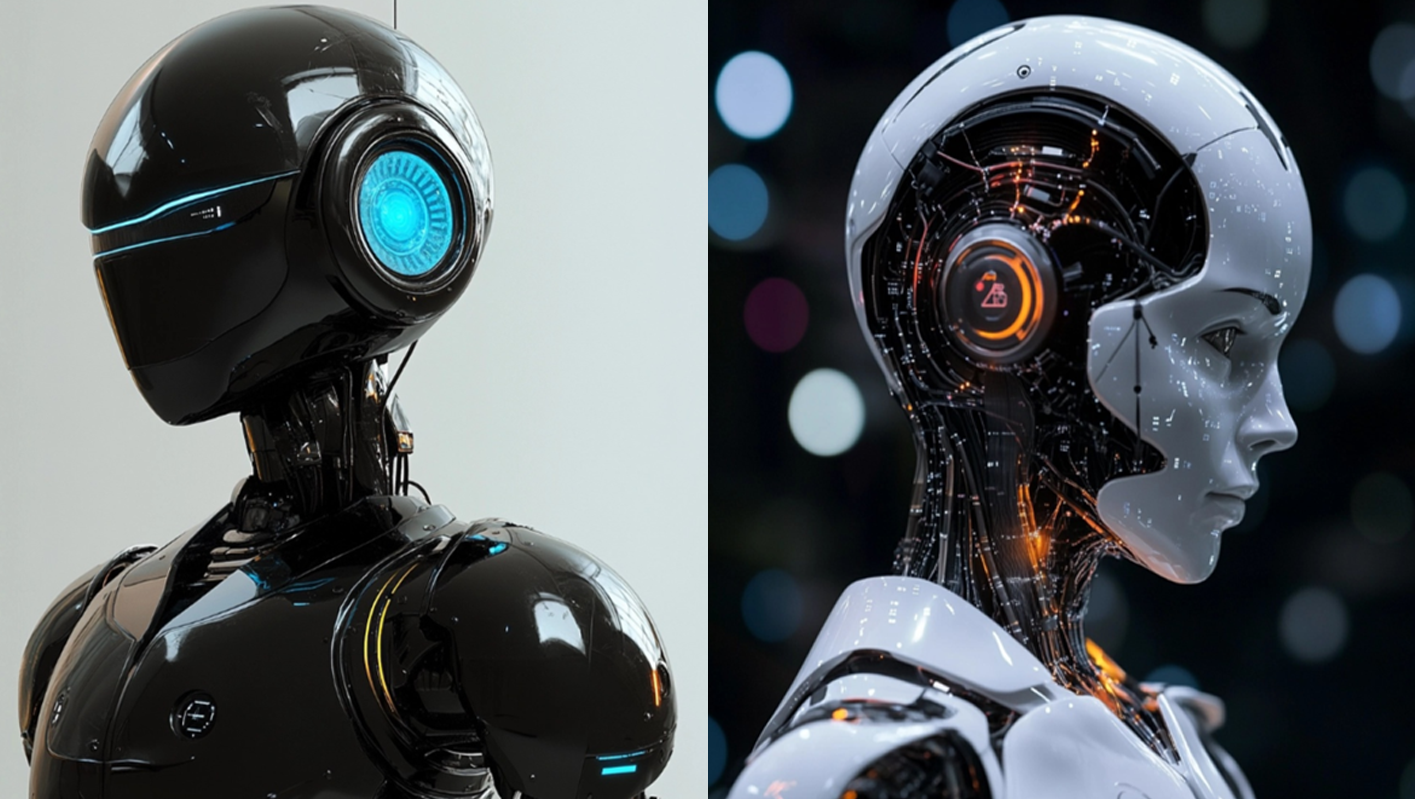
Movies like The Matrix and books like Ready Player One painted vivid pictures of virtual worlds. Today, VR headsets and AR apps are bringing these visions to life, revolutionizing gaming, training simulations, and even healthcare. The dream of immersive digital realms is becoming an everyday reality.
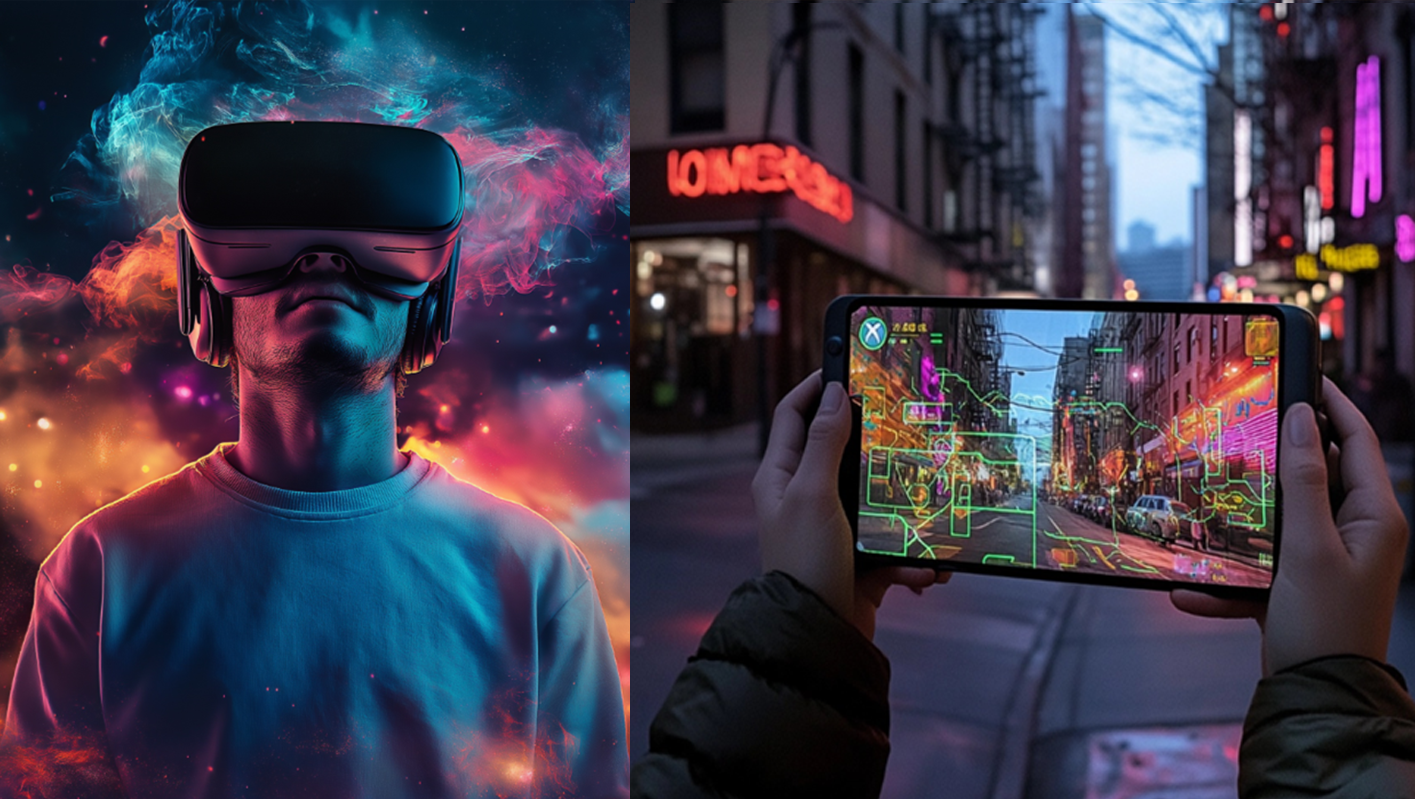
Sci-fi classics like 2001: A Space Odyssey and The Expanse have long depicted humans as a spacefaring species. NASA and private companies like SpaceX are now working to make that vision a reality. Mars colonization plans, reusable rockets, and asteroid mining are no longer science fiction—they’re science in progress.
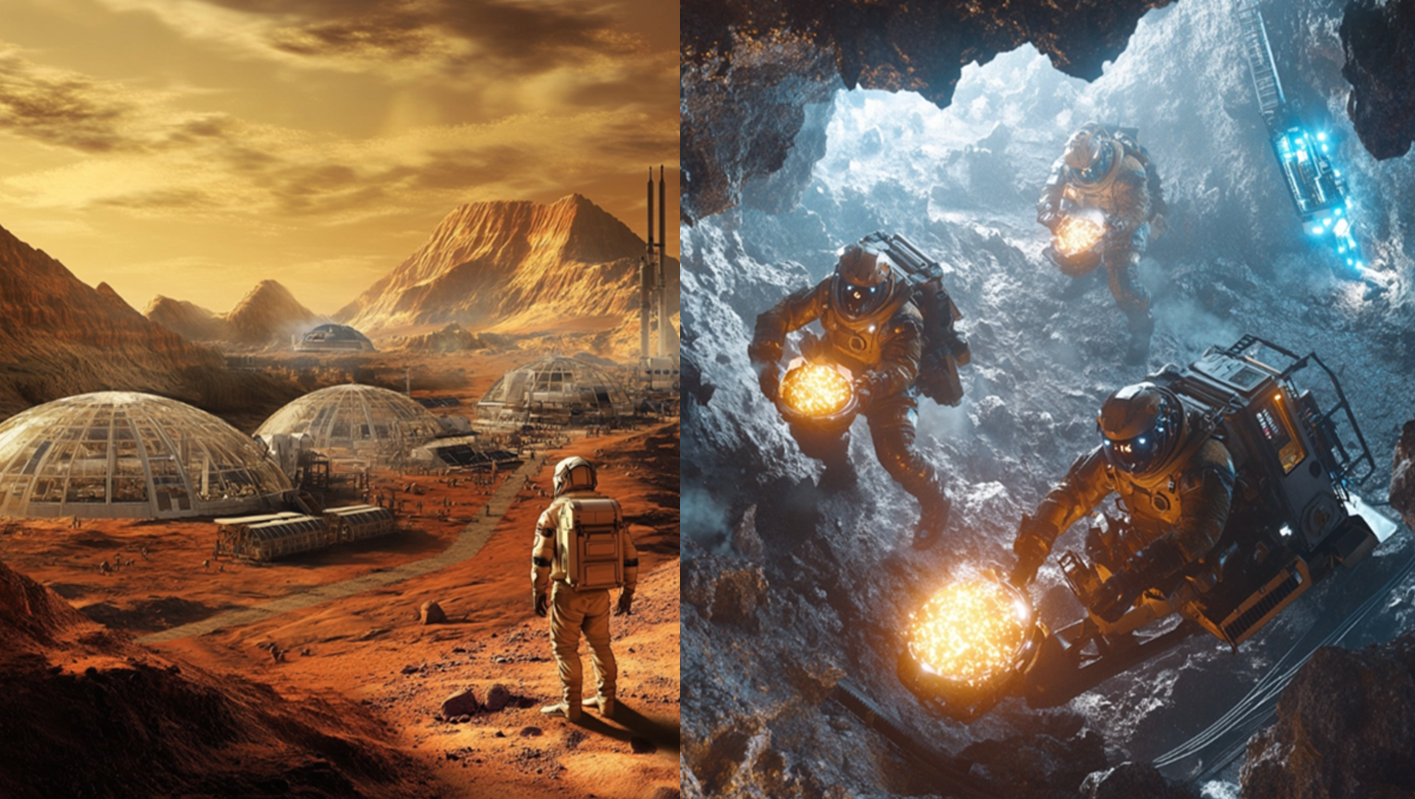
Another sci-fi prediction that’s become reality is the smartwatch, which echoes the futuristic gadgets from The Jetsons. In the classic animated show, George Jetson frequently used his watch as a communication device, a concept that felt wildly futuristic at the time. Today, smartwatches like the Apple Watch and Samsung Galaxy Watch have brought this idea to life. We can make calls, send texts, and even attend video meetings—all from our wrists. It’s a perfect example of how a whimsical, futuristic vision from decades ago has seamlessly integrated into our daily lives.
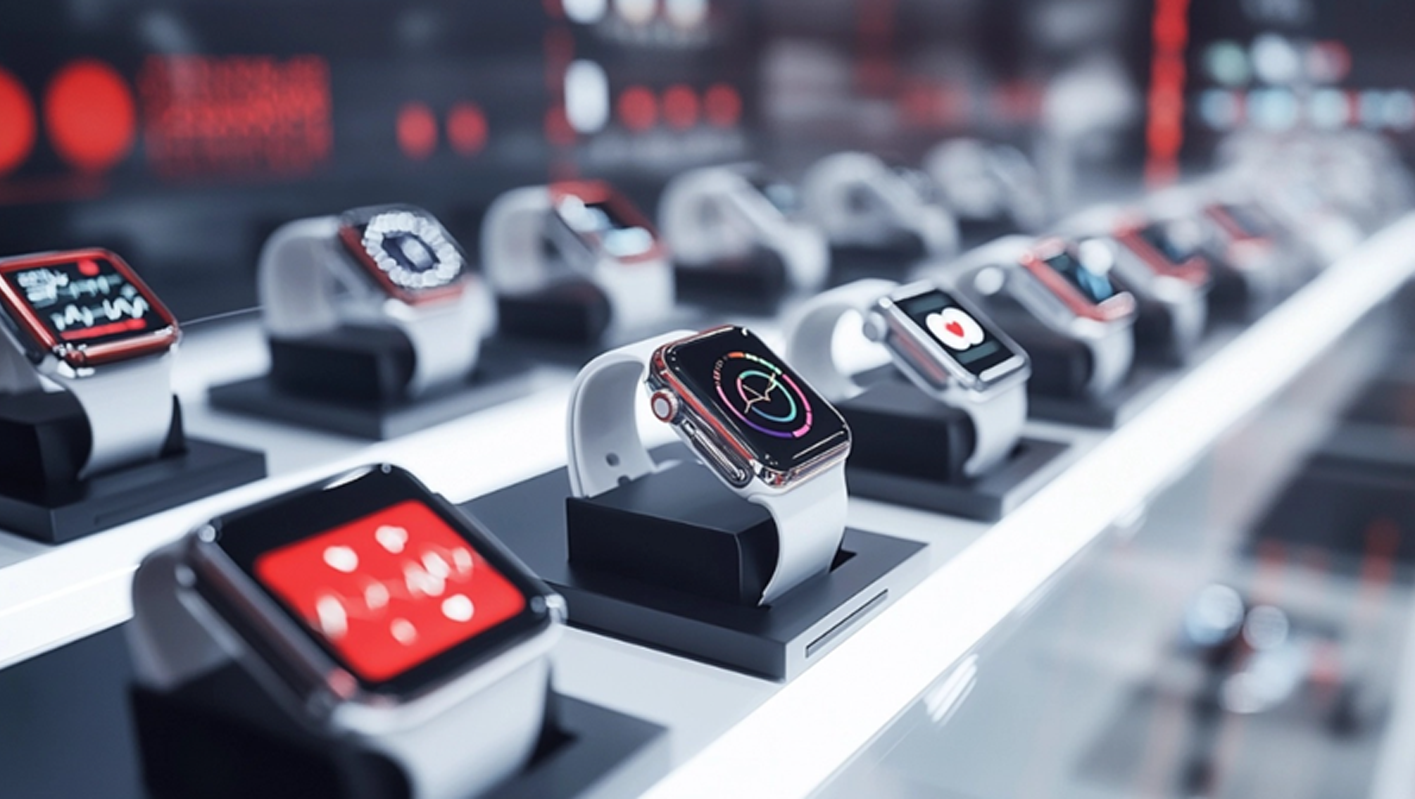
These innovations enhance health, track performance, and bring convenience to everyday life, echoing sci-fi’s predictions. Don’t forget to check out our wearable tech bands for watches in the OG shop!
Science fiction often imagines advanced medical technology, from Star Trek’s tricorder to the regeneration chambers of Elysium. Today, 3D printing organs, CRISPR gene editing, and robotic surgeries demonstrate how the genre inspires revolutionary healthcare solutions.

At its core, sci-fi asks one vital question: What if? This question drives scientists and engineers to dream big and innovate fearlessly. Sci-fi isn’t just entertainment—it’s a vision of what’s possible.
Final Thoughts: Dreamers Build the Future
The bridge between science fiction and real-world innovation is imagination. By daring to explore extreme possibilities, sci-fi fuels the curiosity and creativity that lead to life-changing breakthroughs.
So, the next time you binge-watch a sci-fi series or pick up a futuristic novel, remember today’s fiction could be tomorrow’s reality.
What’s your favorite sci-fi-inspired technology? Let us know in the comments on our social media pages!
